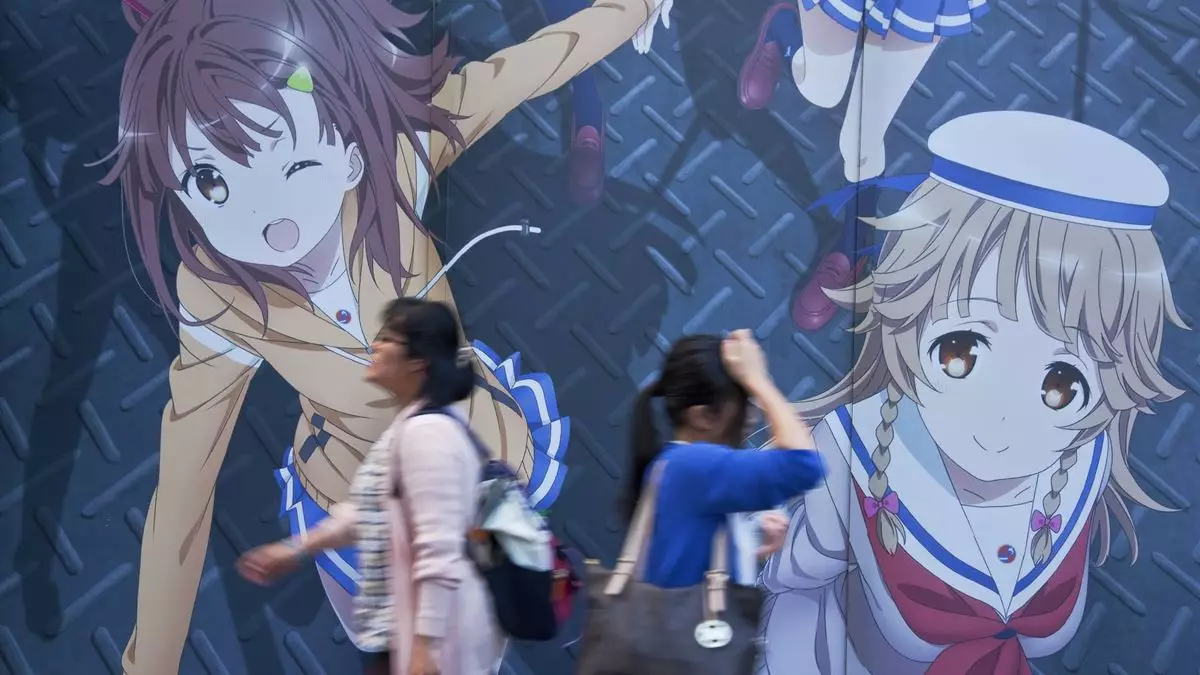Like many of us, I find myself occasionally drifting through the endless corridors of TikTok, lost amid catchy tunes and viral dances that seem out of reach for someone with my limited coordination. However, what stands out among these fleeting entertainment morsels is the introduction of AI-generated content, a sector that’s rapidly evolving and has garnered significant attention. My ‘For You’ page often features videos showcasing AI’s ability to morph selfies into characters that could easily fit into my favorite animated series. Lately, the buzz centers around OpenAI’s latest model, GPT-4o, which promises to elevate image generation to new heights.
This intriguing update appears to address several historical pitfalls faced by AI in image creation, notably achieving photorealism and accurately rendering complex objects like a full glass of wine or intricate text. The integration of this technology allows users to influence the outcomes through an interactive chat interface, something that wasn’t available in earlier iterations. A compelling demonstration showcased AI’s adeptness at creating variations of a whimsical penguin mage across diverse styles—from low-poly renditions to shiny metallic armor. Such capabilities create an immersive experience for premium users, allowing them to generate art reminiscent of genres from video game aesthetics to the enchanting worlds of Studio Ghibli.
Viral Symbiosis and Controversies
What makes this phenomenon particularly fascinating is the intense popularity of AI-generated images on social media, especially those resonating with the unique charm of Studio Ghibli films. This flourishing interest, however, must be balanced with the reality of copyright considerations. Reports indicate that GPT-4o is equipped with filters to prevent the replication of specific copyrighted works, such as prominent album covers, which hints at OpenAI’s attempt to navigate the delicate interplay between innovation and legal integrity. Yet, the rise of workarounds by users raises nagging questions about the authenticity and ethics of the creative process in this new digital landscape.
The irony is not lost on me that even Sam Altman, OpenAI’s CEO, has adopted an anime avatar for his X profile, suggesting a playful engagement with the very technology that could be seen as a double-edged sword. While this transformation fosters excitement, it also shines a spotlight on deeper issues concerning artistic ownership and the ramifications of society’s increasing reliance on AI-generated content. As we witness these rapid advancements, we must ponder whether they serve to devalue the hard-earned skills of human artists.
The Disquieting Perspective of Artists
One cannot overlook the significant voices of concern surrounding the encroachment of AI into the art realm, particularly from illustrious figures like Hayao Miyazaki. The acclaimed director’s perspective resonates deeply, reminding us that the intersection of art and technology is fraught with ethical and existential implications. Miyazaki’s well-documented aversion to AI in creative contexts stemmed from a profound respect for the intricacies of human labor and artistry, a sentiment that remains increasingly relevant today.
Witnessing this technological surge through the eyes of professional artists, I feel a swell of unease. The fear that AI will embolden exploitative practices in the art industry is not unfounded. Companies, eager to reduce costs, may increasingly lean on AI-generated imagery rather than investing in true artistry. This drift towards “AI-slop,” as I call it, raises a cautionary flag. It’s imperative to recognize that while technology can enhance creativity, it should not supplant the artists whose talents enrich our cultural tapestry.
The Dichotomy of Progress and Respect
What is undeniable, however, is the potential for AI to serve as an extraordinary ally for artists rather than a replacement. For those artists who wish to innovate, AI tools can provide unique avenues for exploration, facilitating new styles and techniques that may have once seemed unattainable. The real challenge lies in creating a framework where AI’s capabilities can coexist with, and even amplify, the integrity of human creativity.
OpenAI insists it is committed to respecting artists’ rights, claiming to adhere to policies that prevent direct mimicry of living artists’ works. Yet, as advancements continue, the line between inspiration and infringement grows murky. It’s crucial for the industry to foster dialogue addressing these concerns, establishing a balanced ecosystem where human artists can thrive alongside AI innovations rather than being overshadowed.
As we navigate this intricate dance between technology and artistry, it becomes clear that the way forward hinges on our collective will to uphold the value of genuine creativity. This moment presents an opportunity not just for artistic evolution but also a critical juncture for redefining what it means to create in an increasingly automated world.

